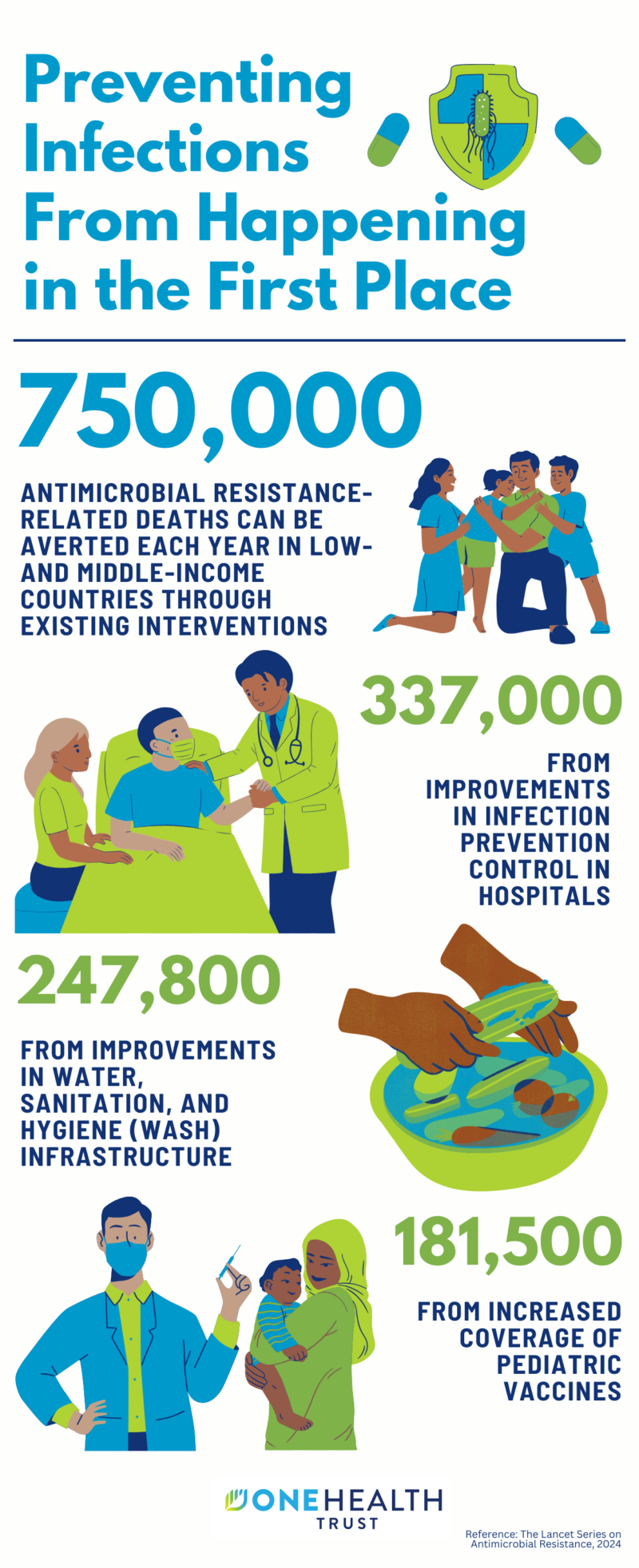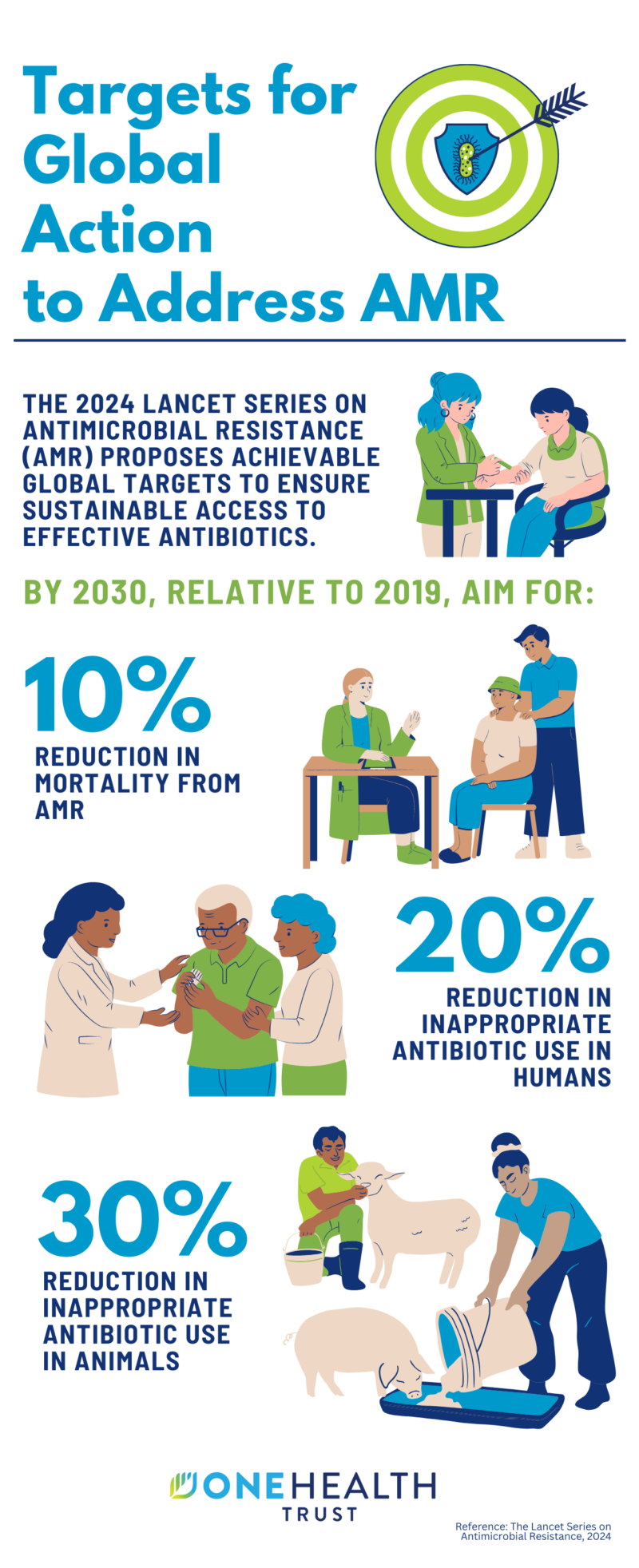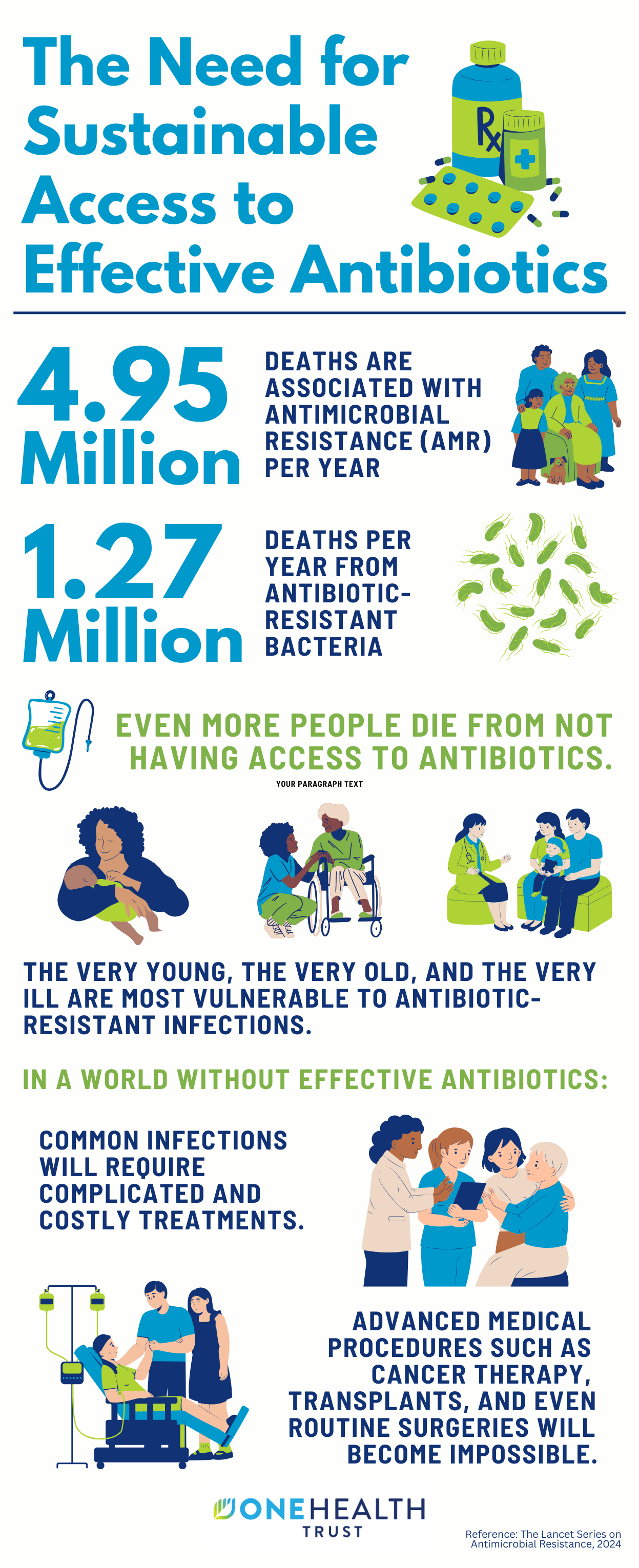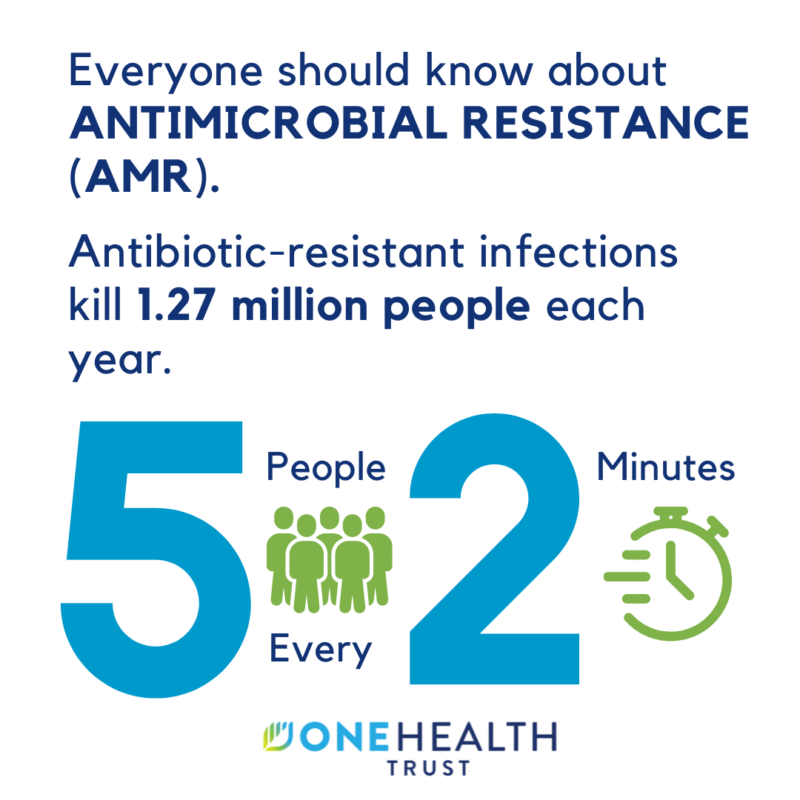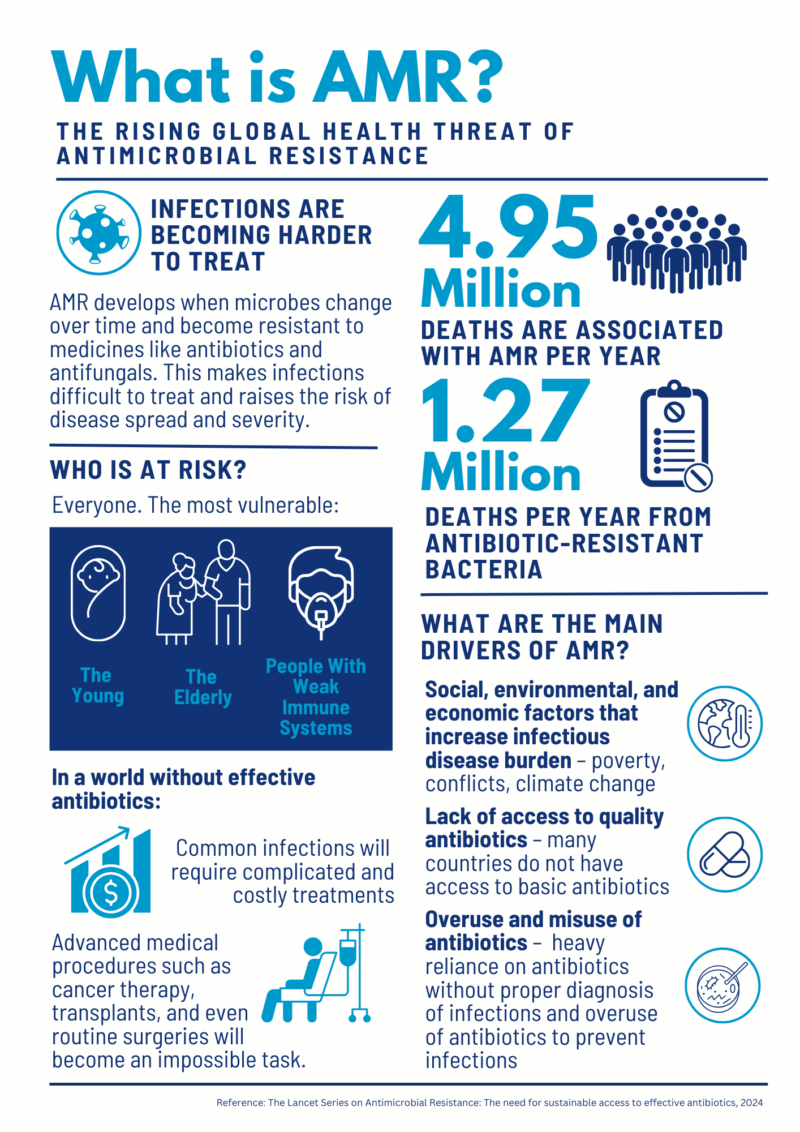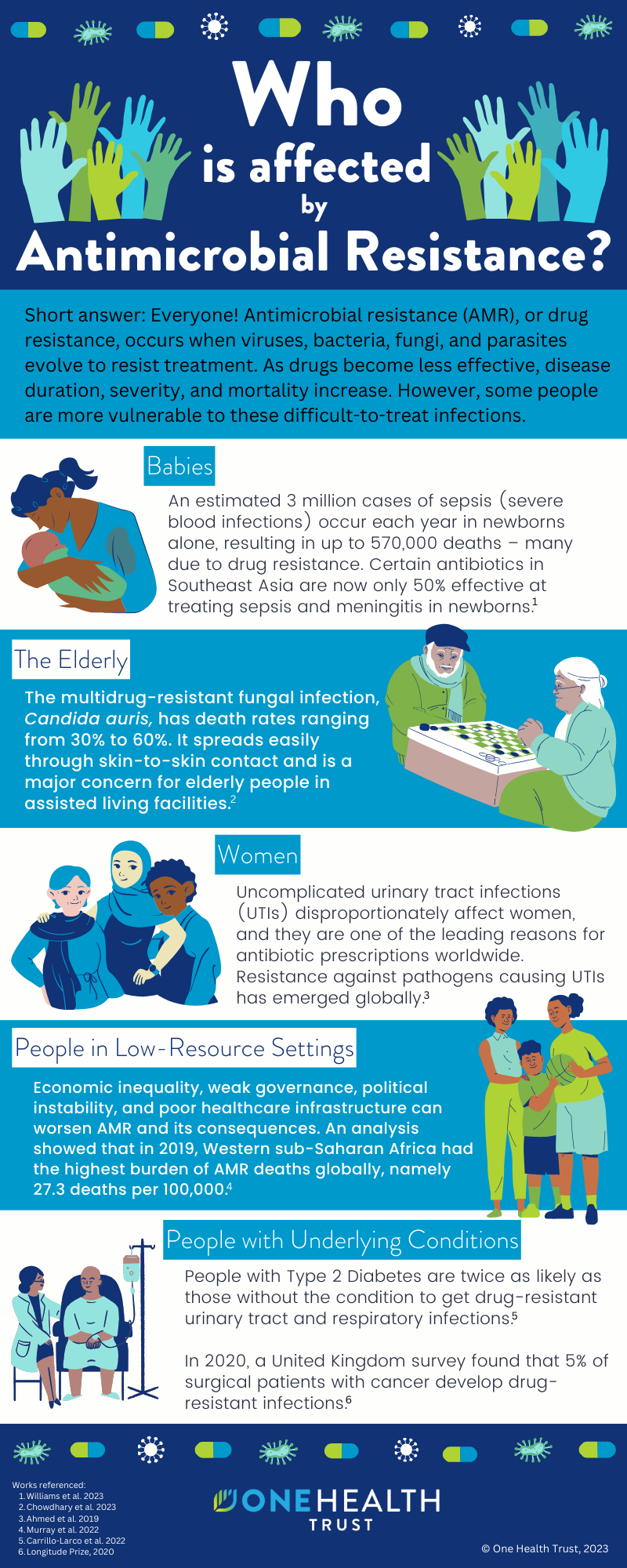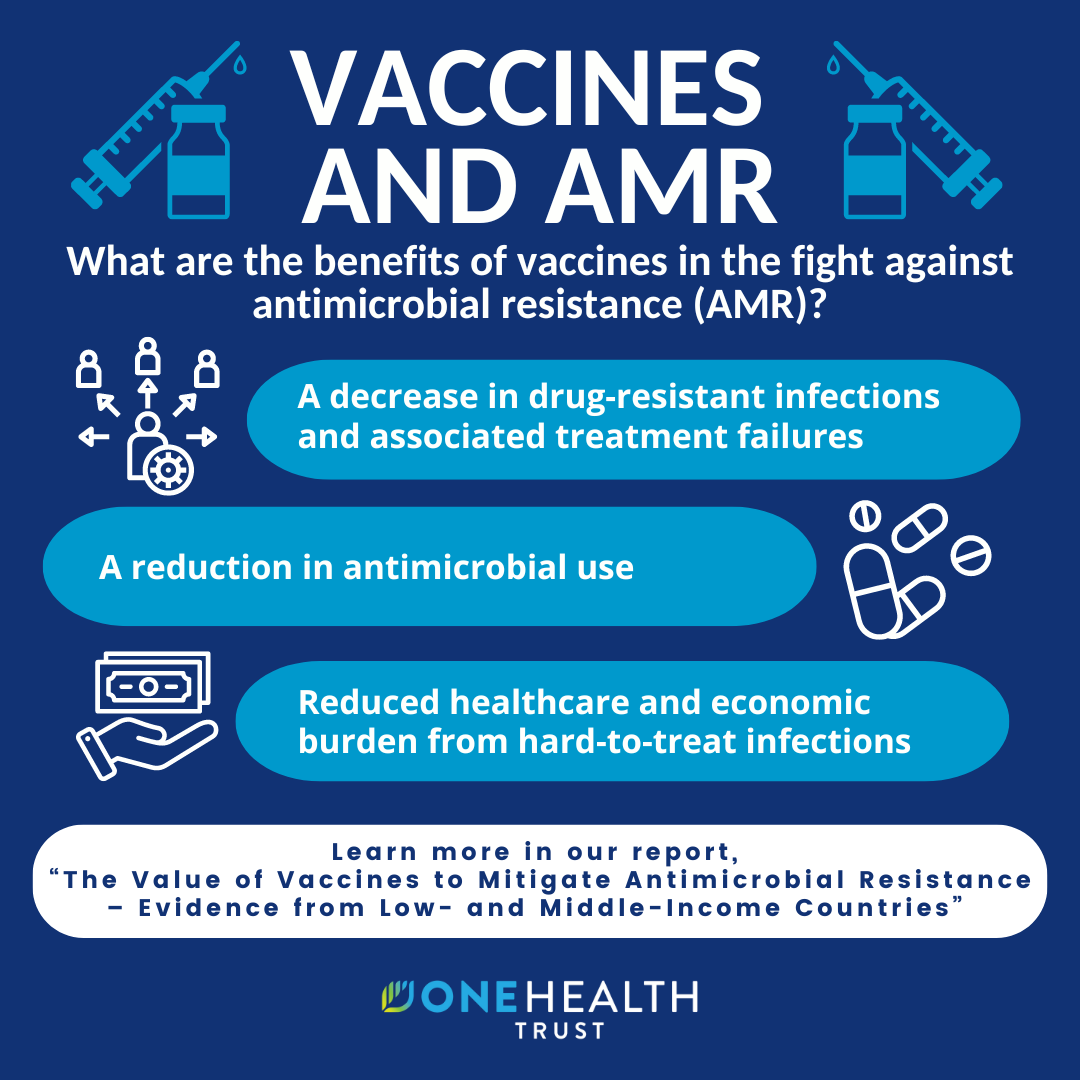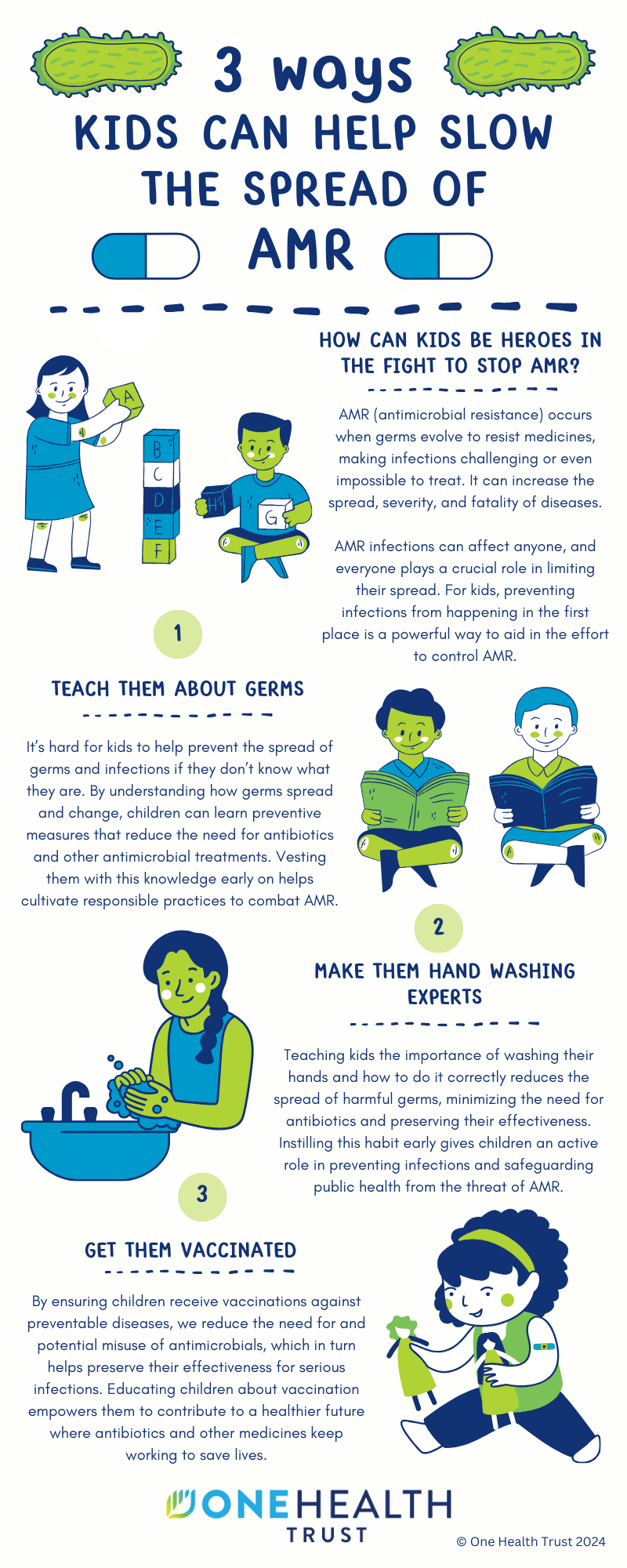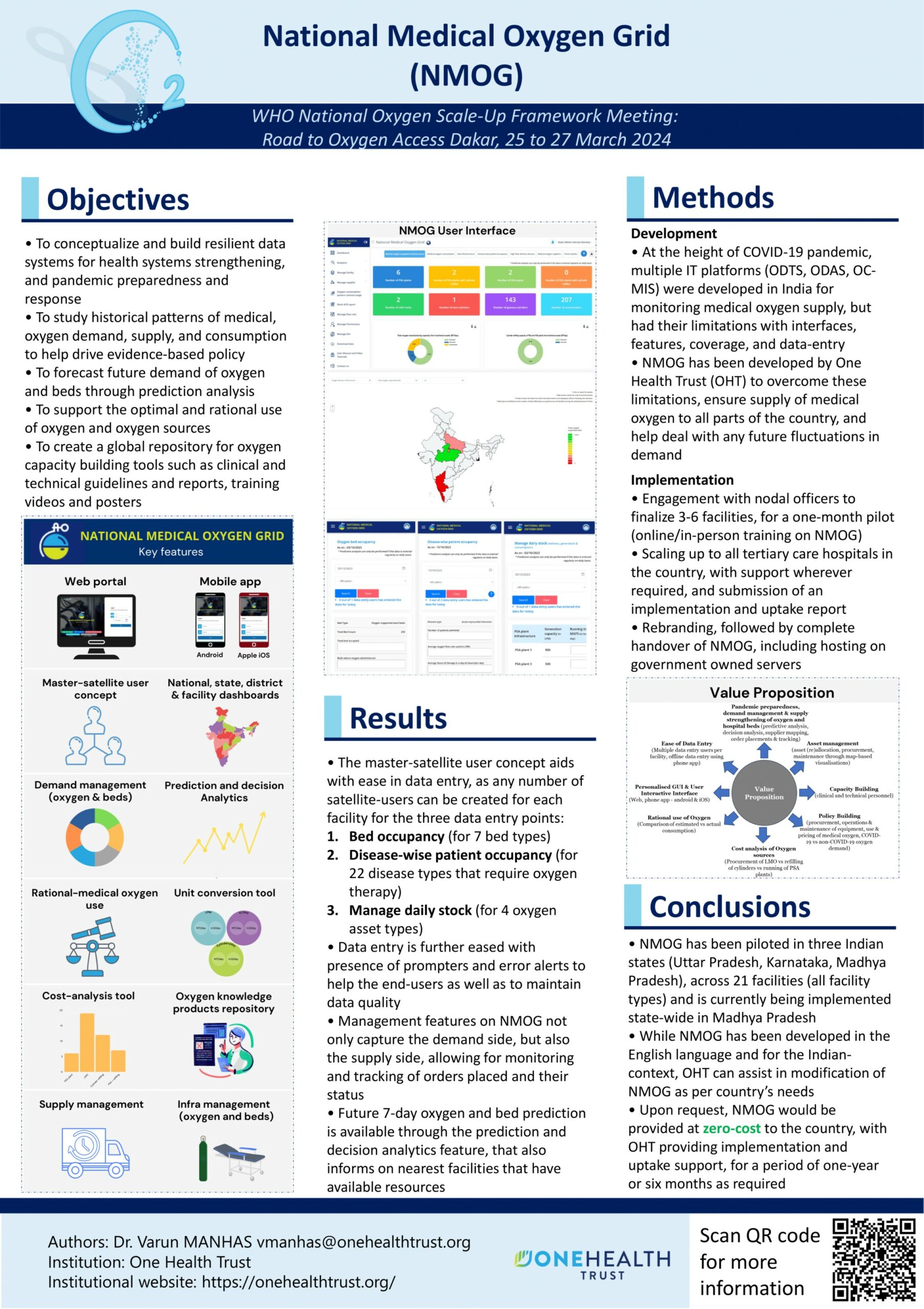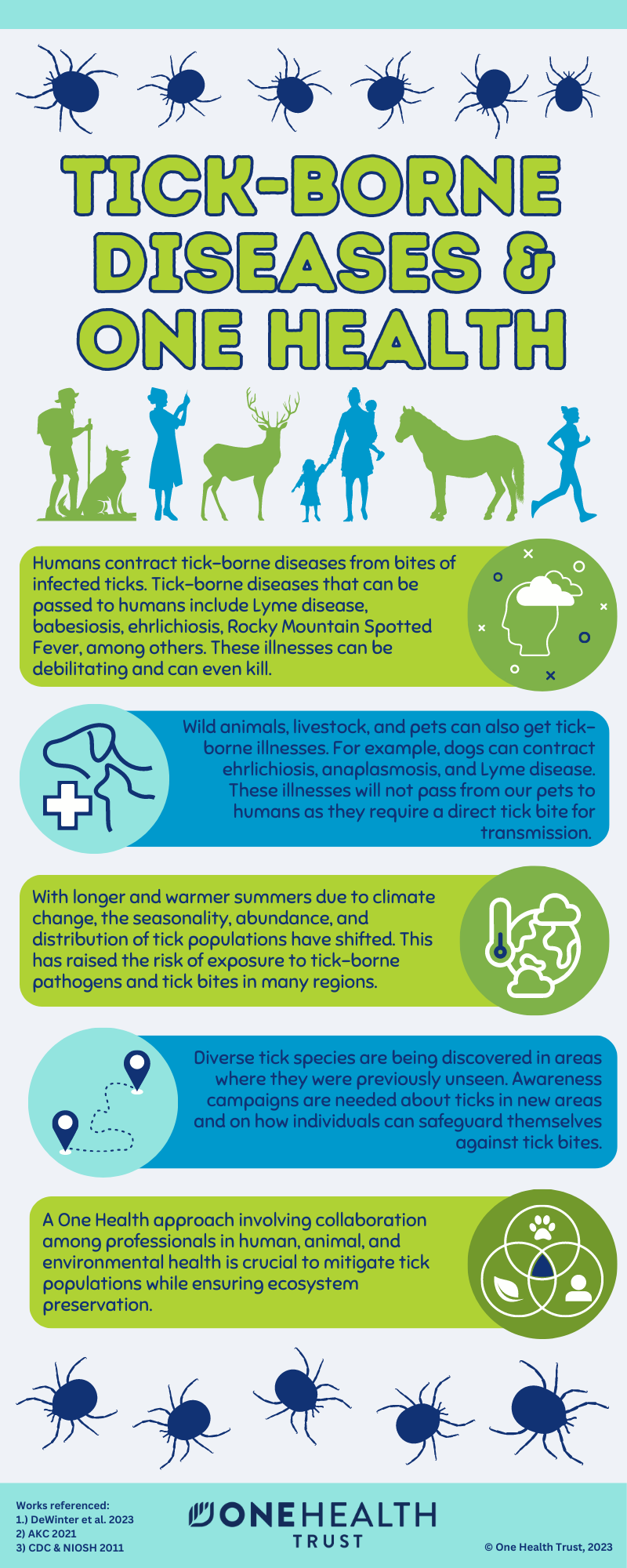
June 06, 2023
- Humans contract tick-borne diseases from bites of infected ticks. Tick-borne diseases that can be passed to humans include Lyme disease, babesiosis, ehrlichiosis, Rocky Mountain Spotted Fever, among others. These illnesses can be debilitating and can even kill.
- Wild animals, livestock, and pets can also get tick-borne illnesses. For example, dogs can contract ehrlichiosis, anaplasmosis, and Lyme disease. These illnesses will not pass from our pets to humans as they require a direct tick bite for transmission.
- With longer and warmer summers due to climate change, the seasonality, abundance, and distribution of tick populations have shifted. This has raised the risk of exposure to tick-borne pathogens and tick bites in many regions.
- Diverse tick species are being discovered in areas where they were previously unseen. Awareness campaigns are needed about ticks in new areas and on how individuals can safeguard themselves against tick bites.
- A One Health approach involving collaboration among professionals in human, animal, and environmental health is crucial to mitigate tick populations while ensuring ecosystem preservation.

